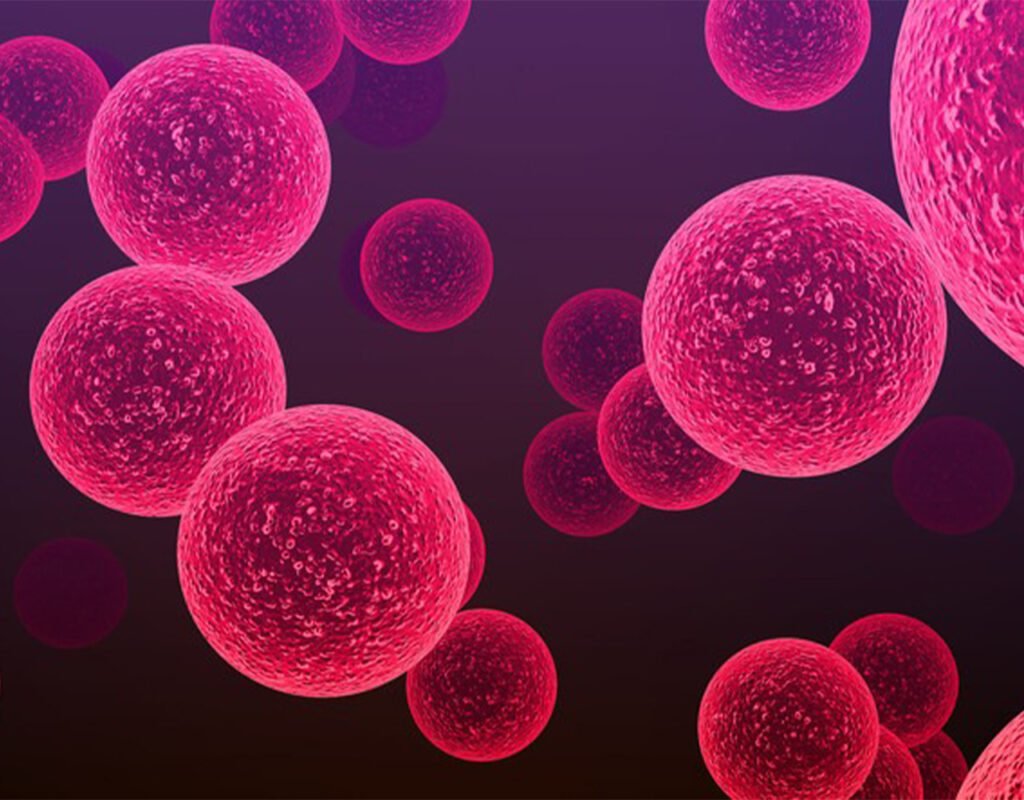Cellulitis is an infection of the deep layers of the skin. It occurs when bacteria enter through a cut, bite or wound – even through tiny cracks in cracked, dry skin. Usually, the culprits are the skin-dwelling bacteria Staphylococcus or Streptococcus. Although cellulitis can occur anywhere on the body, the lower leg is most commonly affected.
Dr. Arash Mostaghimi, a dermatologist at Brigham and Women’s Hospital and associate professor of medicine at Harvard Medical School, weighs in on new research examining important questions about how long it takes to heal completely.
What are the symptoms of cellulitis?
The body’s natural immune response to this bacterial invasion causes a painful rash that appears red on fair skin and dark purple on dark skin. The affected area may also be swollen and warm to the touch.
How is cellulitis treated?
The typical treatment is five to 10 days of antibiotic tablets. In more severe cases, intravenous antibiotics may be needed.
How quickly can antibiotics help heal cellulitis?
After starting antibiotic treatment, patients usually notice improvement within a few days. However, the area may still be swollen, warm and painful even after 10 days.
Does this mean the antibiotic treatment was ineffective? Not necessarily, according to a recent study of people with cellulitis on the lower leg that described the natural progression of healing phases after antibiotics.

“The healing process has two parts, which is why a full recovery takes longer than you might think,” says Dr. Mostaghimi.
First, the antibiotics and your white blood cells work together to kill the bacteria. But your body’s immune response to the bacteria can take a while to shut down. So this second phase of the healing process may include some residual symptoms, he explains.
What did the study find?
The study included 247 people with mild to moderate cellulitis in the lower leg who were given antibiotics for seven to 10 days. By day 10:
Their swelling had gone down by 50%, and the size of the affected area had shrunk by about 55%.
A blood marker for inflammation, C-reactive protein, dropped during treatment, reaching near-normal levels in all participants.
Still, more than half continued to report discomfort in the affected leg, with 14% rating their pain a 5 or higher on a scale of 1 to 10.
This pattern of discomfort is not uncommon, especially with leg infections, says Dr. Mostaghimi. While recovering from a leg cellulitis, patients are often advised to elevate the leg, which reduces swelling. (Putting a warm, damp washcloth on the area may also help.)
But as they feel better and start walking more, the fluid shifts back into the legs. So it’s not surprising that the area feels a little swollen and uncomfortable again when they’re back on their feet, he says.
Who's most at risk of cellulitis?
Remember that cellulitis usually occurs when bacteria that are normally present on our skin manage to break through that protective shield and invade the body.

Some people who develop cellulitis don’t have any obvious injuries or skin damage that could explain the infection. It can also occur in people who are generally healthy. However, people with certain health problems are more prone to cellulitis. These include people who are overweight or have diabetes, a weakened immune system, poor circulation or chronic edema (swollen limbs).
In addition, skin conditions such as eczema and athlete’s foot can cause small cracks in the skin, making it easier for bacteria to penetrate deeper into the skin, says Dr. Mostaghimi. Bleeding from an insect bite is another possible entry point for bacteria.
What happens when cellulitis is left untreated?
Untreated cellulitis can be very serious. The rash may spread, be surrounded by blisters, and become increasingly painful. The surrounding lymph nodes may become tender and swollen, followed by fever and chills. Seek immediate medical attention if you notice these symptoms.
Bottom line
“It’s important for people with cellulitis in their legs to know that after completing antibiotic treatment, it may take a little longer for all symptoms to fully resolve,” says Dr. Mostaghimi. You’ll likely feel better within a few days, but always take all the tablets in your antibiotic prescription. However, if you have residual symptoms after completing treatment, it doesn’t mean you need another course of antibiotics or a different antibiotic, he says.

